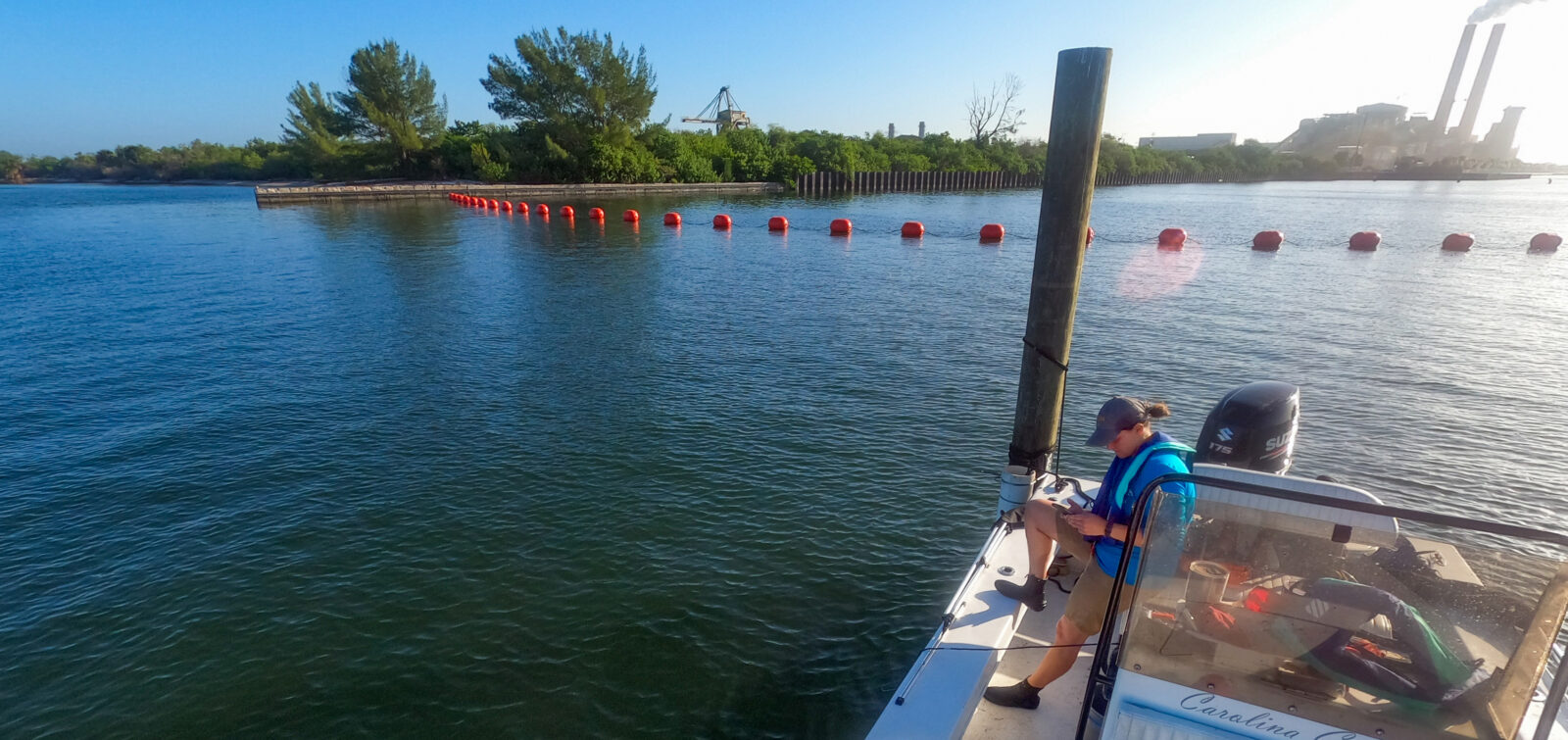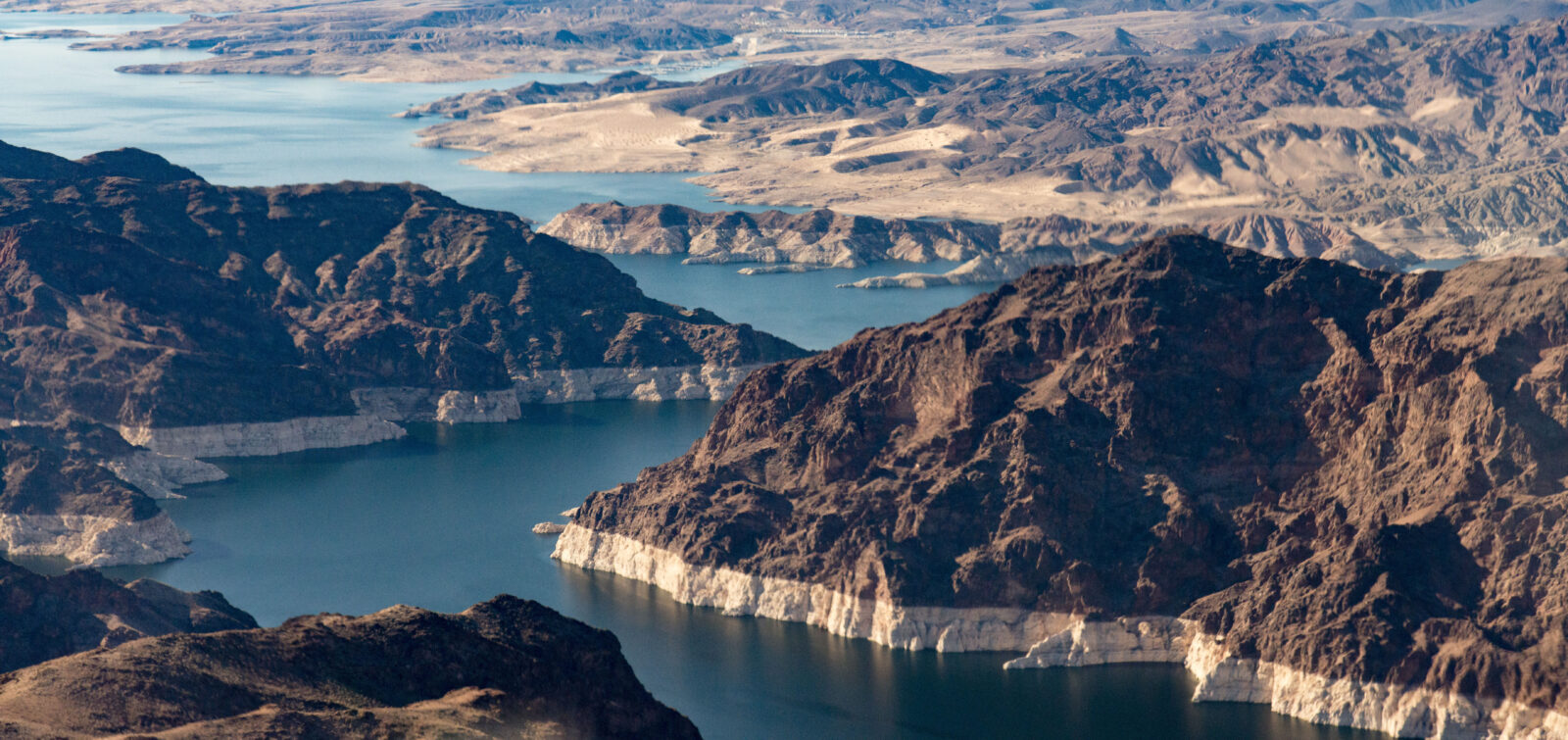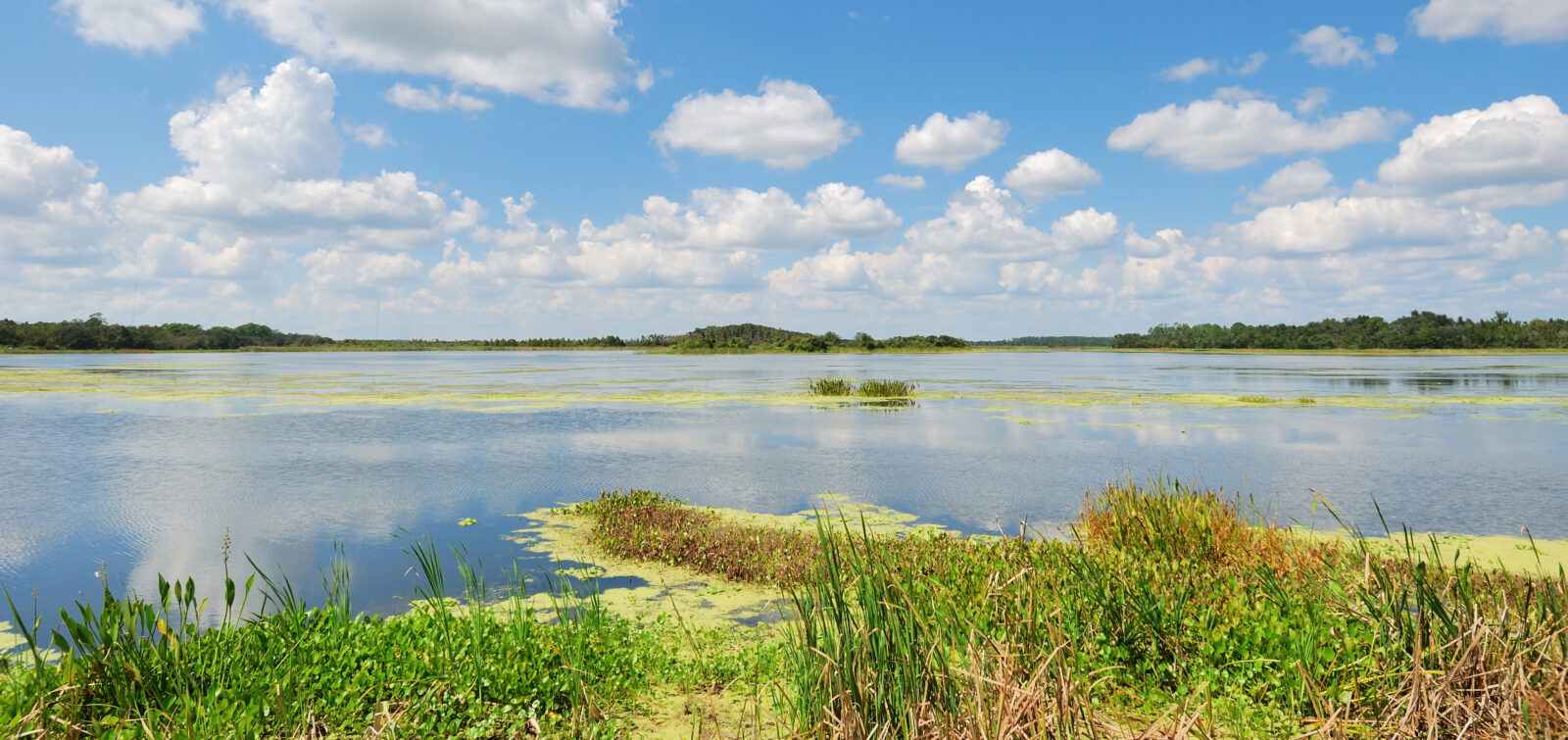Our environmental planners and water resource specialists have been partnering with our clients in the Water market for decades, providing key services for improved water quality, groundwater management, flood resilience and adaptation, reuse, and storage and conveyance infrastructure. We have our fingers on the pulse of what we can expect to see in 2024, including the following trends.
1. Climate change continues to be a driver for the services necessary in the Water market.
Increased variation and intensity of both drought and precipitation will continue to stress water resource management, both for supply and species management. ESA’s ability to provide expertise in both the technical—hydrologic, ecologic, flood and sea level rise, water supply and wastewater management services—and regulatory support will help us respond to our clients’ growing needs for resilience.
2. Federal, state, and local agencies are increasingly seeking nature-based solutions and approaches to flood management.
Our environmental engineers and designers have been at the forefront of developing multi-benefit solutions from coast to coast, including horizontal levees for flood protection, wastewater treatment, sea-level rise adaptation, and wildlife habitat protection. As the natural approaches gain momentum and prove their success post-installation, the water regulators and our clients are seeing the long-term value of these approaches for water quality, safety, and reduced environmental impacts.
3. An increase of studies involving ecological water quality and stormwater management.
With climate change affecting water temperatures, more studies on stormwater runoff contaminants, and ongoing remediation for invasive aquatic species across the country, many clients are emphasizing the need for water quality monitoring for aquatic habitats, including investigations on the links between nutrients and the development of harmful algal blooms. ESA continues to make investments in this specialty area—including the acquisition of Janicki Environmental, a six-person firm focused on conducting expert water quality analyses.
4. With significant investments from federal and state budgets for water resources management and infrastructure improvements comes the need to track and report on this essential resource.
Data management capabilities, field reporting, and groundwater monitoring is advancing by leaps and bounds as we enter 2024, and ESA’s Technology Services practice is leading the charge in many ways. Whether working with state or local agencies, our data management team helps water resource managers assess groundwater, water accounting, stormwater, and water quality for their respective agency’s needs as well as assisting with public outreach and effective information sharing.
5. Infrastructure improvements, particularly for water storage, propel processes toward more dynamic water management solutions.
As aging dams reach their expected lifespan and we see Infrastructure Investment and Jobs Act (IIJA) funds earmarking billions for dam improvements on a national scale, dam owners and operators are faced with the opportunity and the challenge of addressing aging dam infrastructure in ways that achieve their goals while considering the best outcomes for people, the natural environment, and the cultural landscape.
Want to explore any of these topics in greater depth? Reach out to us here: https://esassoc.com/market/water/







